MIT's Crash Course on Nuclear Energy: Part One
Slides from the 3-day seminar on campus led by Dr. Jacopo Buongiorno entitled "Nuclear Energy in a Low-Carbon Future: Key Facts and Issues"
Last week, students from around the world crowded into a small classroom in Boston to learn about nuclear energy in a low-carbon future.
I joined the class digitally, logging in from Berkeley at 6am. With cameras and mics disabled, it’s the closest I’ve ever been to a fly on the wall.
Here are some of my favorite screenshots.
Class opens with Jacopo Buongiorno and Armond Cohen framing out the structure of the class.
Buongiorno is a longtime nuclear professor at MIT, and one of the authors of the 2021 study about the value of Diablo Canyon Power Plant. This report equipped policy makers and activiests to talk with California legislators about reversing the early closure of the plant.
Cohen is the director of the nonprofit Clean Air Task Force, and has published a lot about US policy energy over the past decade.
From the start, they put the class at ease, joking about the lack of equations in the days ahead. They state an intention to avoid boosterism in favor of economics, urgency and transparency.
Cohen welcomes the first lecturer, Kasparas Spokas, an energy researcher currently working at CATF.
First time I’ve heard the phrase “clean fuels” for the barnyard of terms like synfuels, e-fuels, synthetic hydrocarbons etc etc.
Spokas shared his perspective about nuclear energy as necessary and affordable when considering total system costs to consumers, especially on a grid with lots of wind, solar and storage.
The information feels illicit, perhaps as Massachusetts and California both maintain a moratorium on building new nuclear plants.
Back to Buongiorno for an overview of the current light water reactor technologies we are using for 20% of US electricity today. I feel like I am finally beginning to understand the nuclear fuel cycle using 5% enriched uranium.
Next up, Neil Todreas, diving deep on the history of nuclear science and the legends who discovered it all. Loved Todreas’s manner of speaking and his admiration for these giants.
Now to Elina Tepinsky, nuclear lawyer from Pillsbury. I’ve met Elina a few times, a major shaker in the space always questioning the financing and inertia required to build new plants. She highlighted the opportunities for sustainable international cooperation when building new nuclear in the decades ahead. Incredible vision.
Here’s her review of the 4 reactors recently completed in UAE.
Atte Harjanne, Parliamentarian from Finland’s Green Party dials in for his presentation
Sweeping recap of European nuclear, with an emphasis on Finland’s broad societal mobilization around this technology.
61% positive perception from Finnish voters.
Back to Kasparas for a short lecture on nuclear beyond electricity. Loved this slide. Electricity is only a portion of primary energy. As we learn to harness the atom, we can decarbonize heat and molecules.
Hydrogen is a building block to clean molecule production. Potential is massive though I think we’re kidding ourselves until we figure out how to dramatically reduce the cost and timelines of new nuclear.
Day One ends with a big dinner for all the students near campus.
Back in Berkeley, I make a stir fry while talking to my grandma on the phone as she watches her Phillies beat the Twins 3-0
Day Two. Buongiorno is back, trying his hand at quantifying radiation. The class kicks off with a section entitled “Nuclear Safety”
XKCD illustration of scale
Uranium is named after the planet Uranus, which is named after the Greek deity Uranus, the god of rain and sky. In Greek, οὐρέω (ouréō) means “to rain” or “to urinate”
Deep national tragedy here regarding uranium mining on tribal lands. I hope to publish more about this subject as part of my work with Consent-Based Siting Consortia.
In situ leach mining is becoming more common around the world, further reducing the mining impact of nuclear energy, which is already the lightest on land of any energy technology.
More fuel cycle slides.
Lots of progress is being made in Transmutation capabilities, reducing the radioactivity of existing nuclear fuel that cannot yet be recycled.
This NRC graph is funny because the US doesn’t currently do any of the recycling concepts illustrated in the center of the ring.
Then some big ideas start flowing… I spaced out for 30 minutes, trying to understand Buongiorno as he talks about industry efficiency improvements to cost and timelines. Epic, epic discussion. Ended with this slide.
Cool.
Lunch is announced and the classroom empties. I cook pasta and zuchinni and get ready for the second half of Day 2
That’s it for Part One. Will publish Part Two soon.




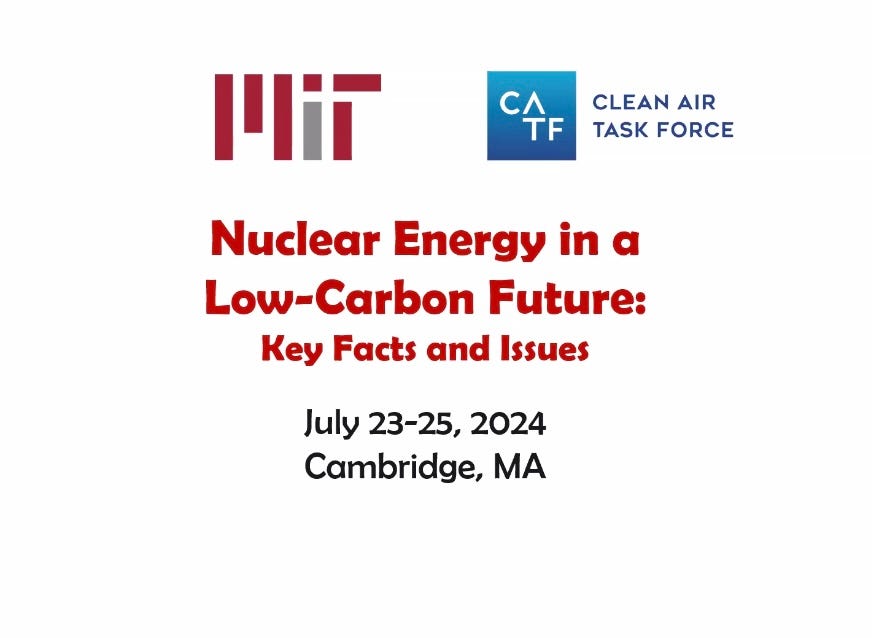
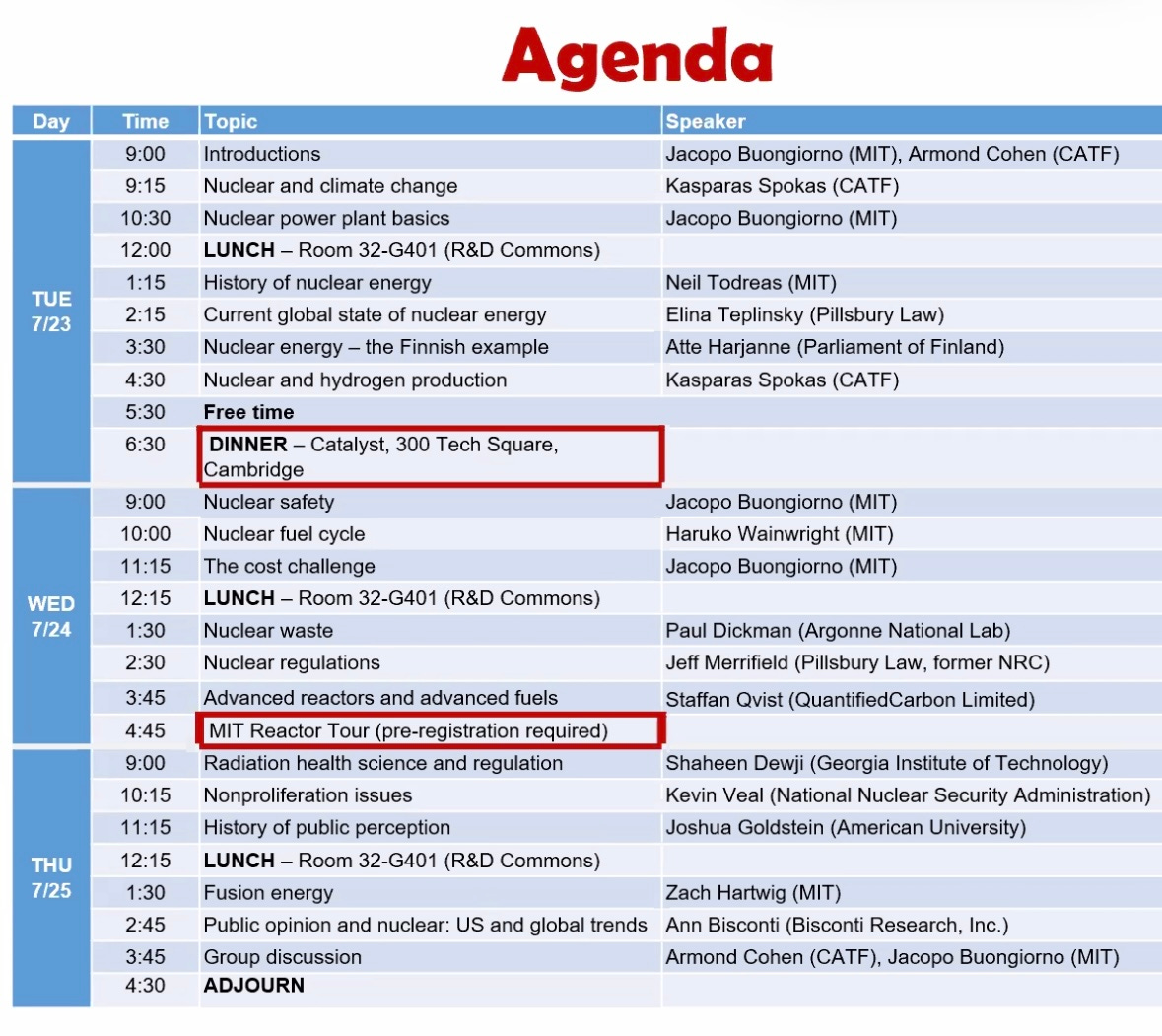
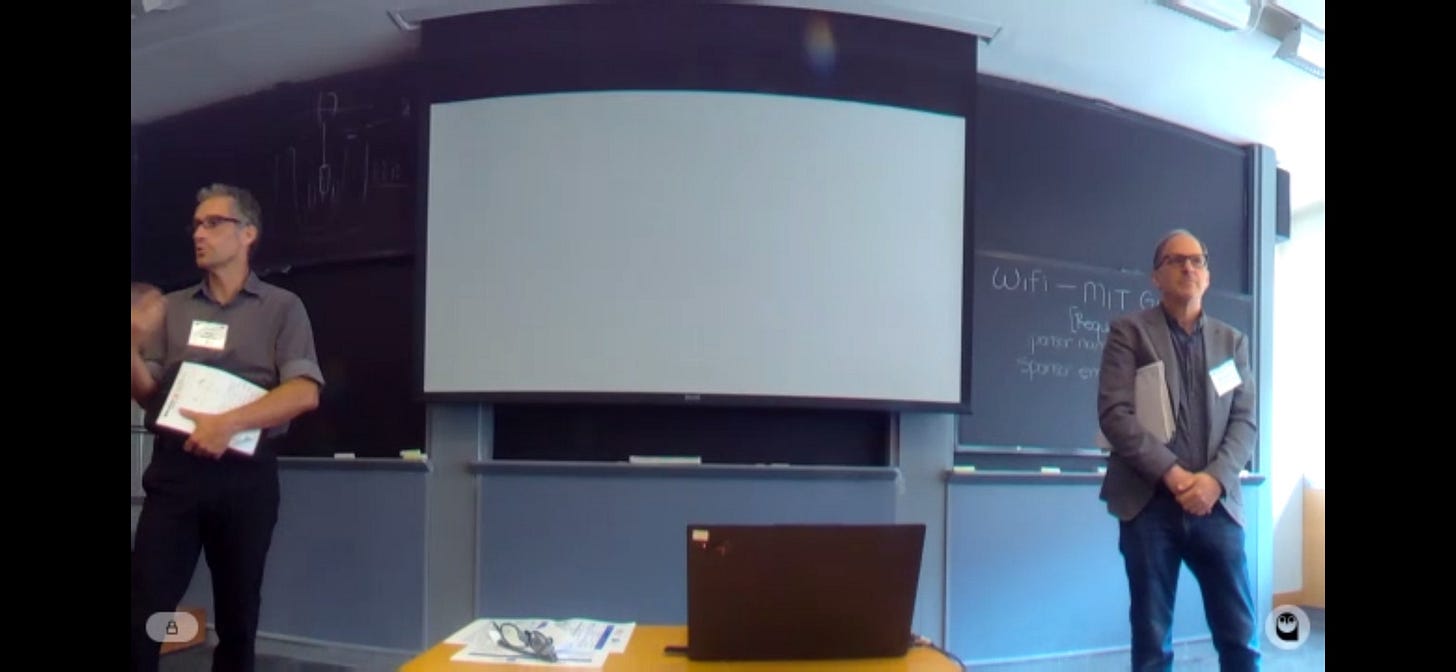

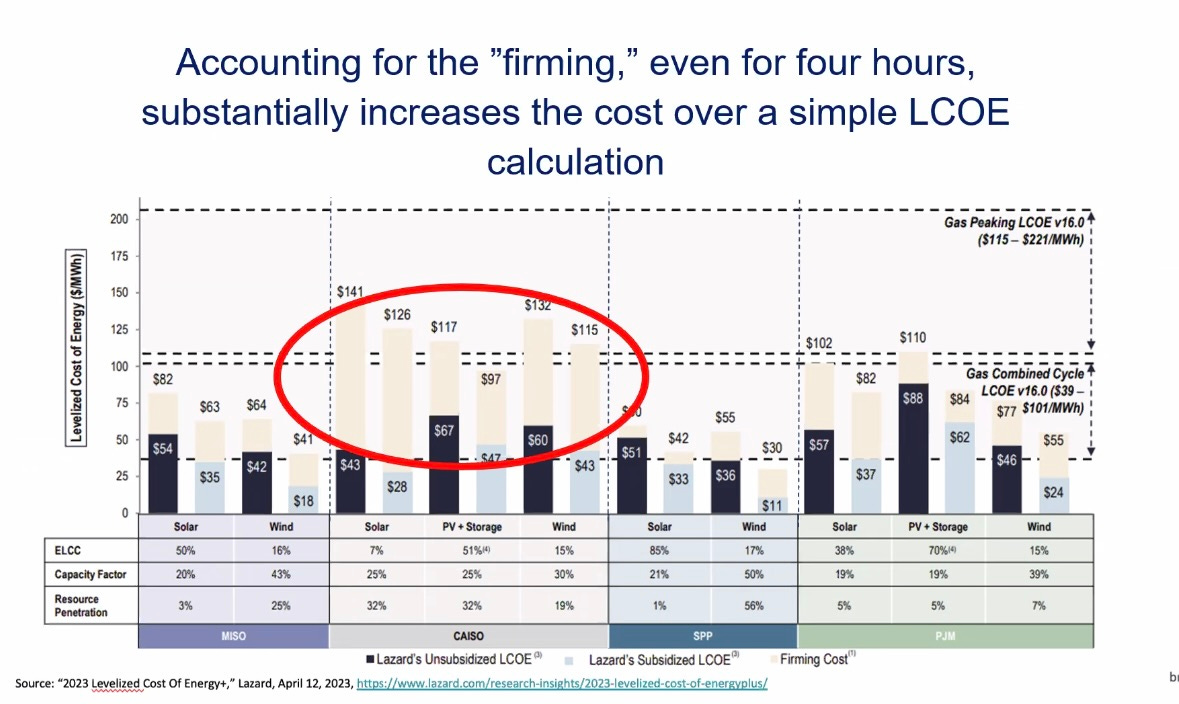

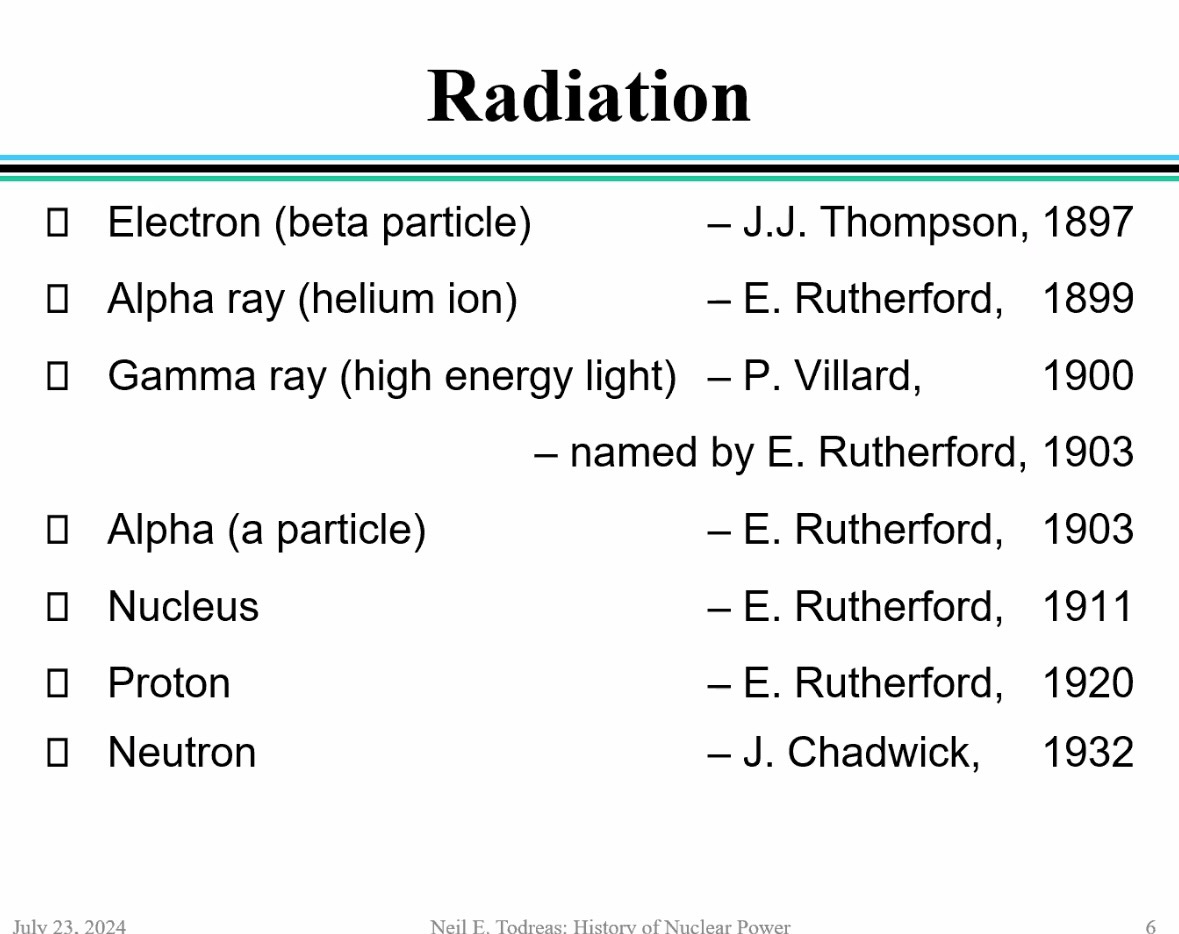

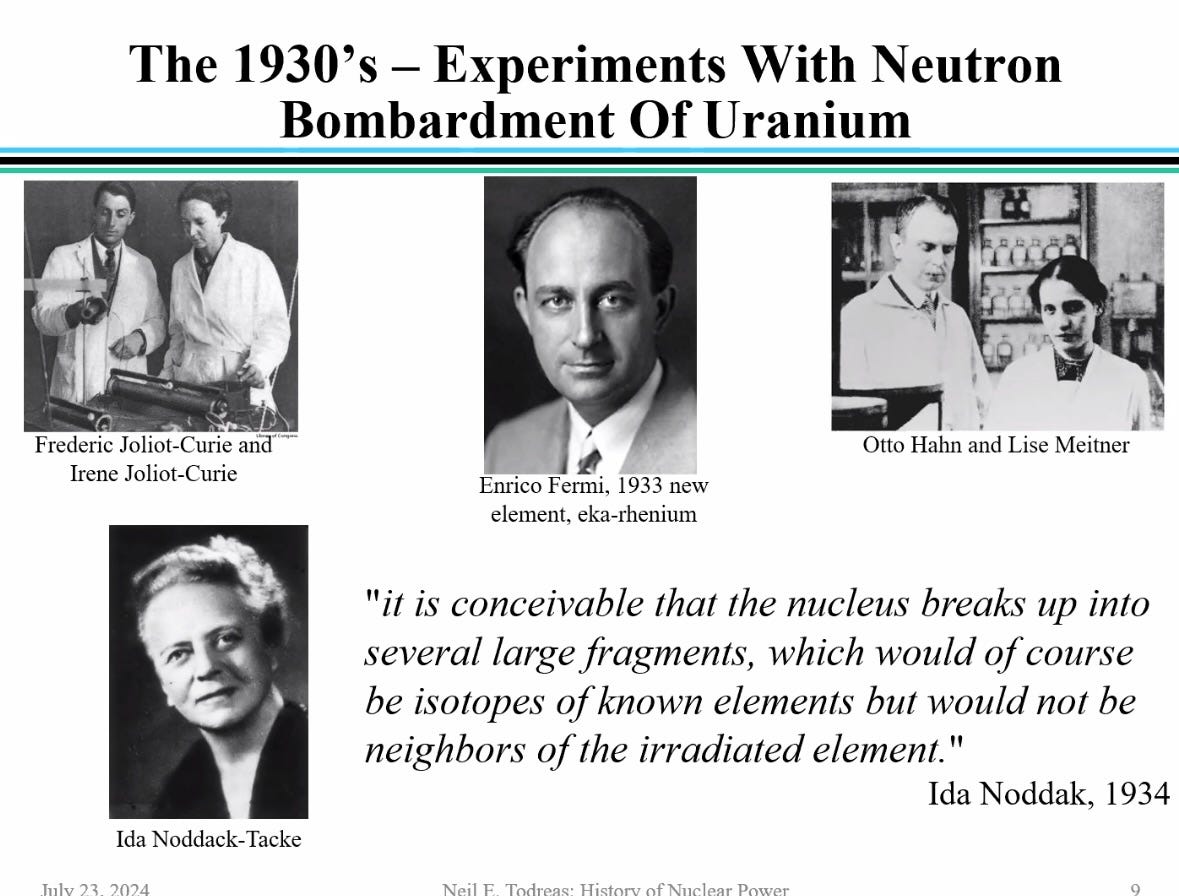
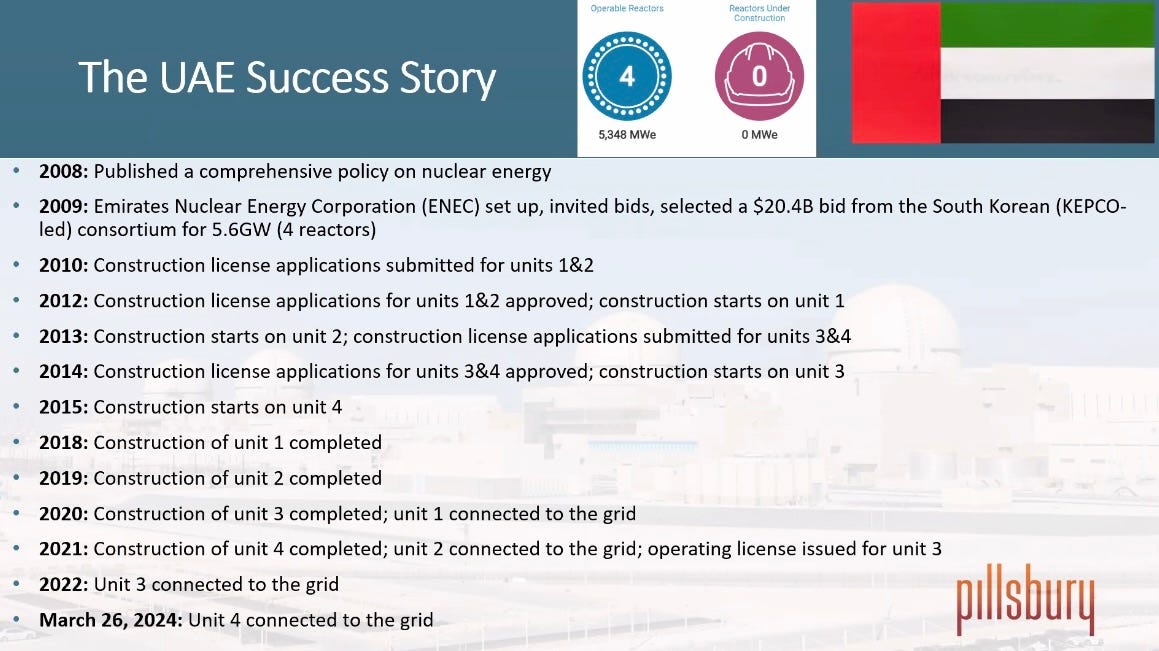





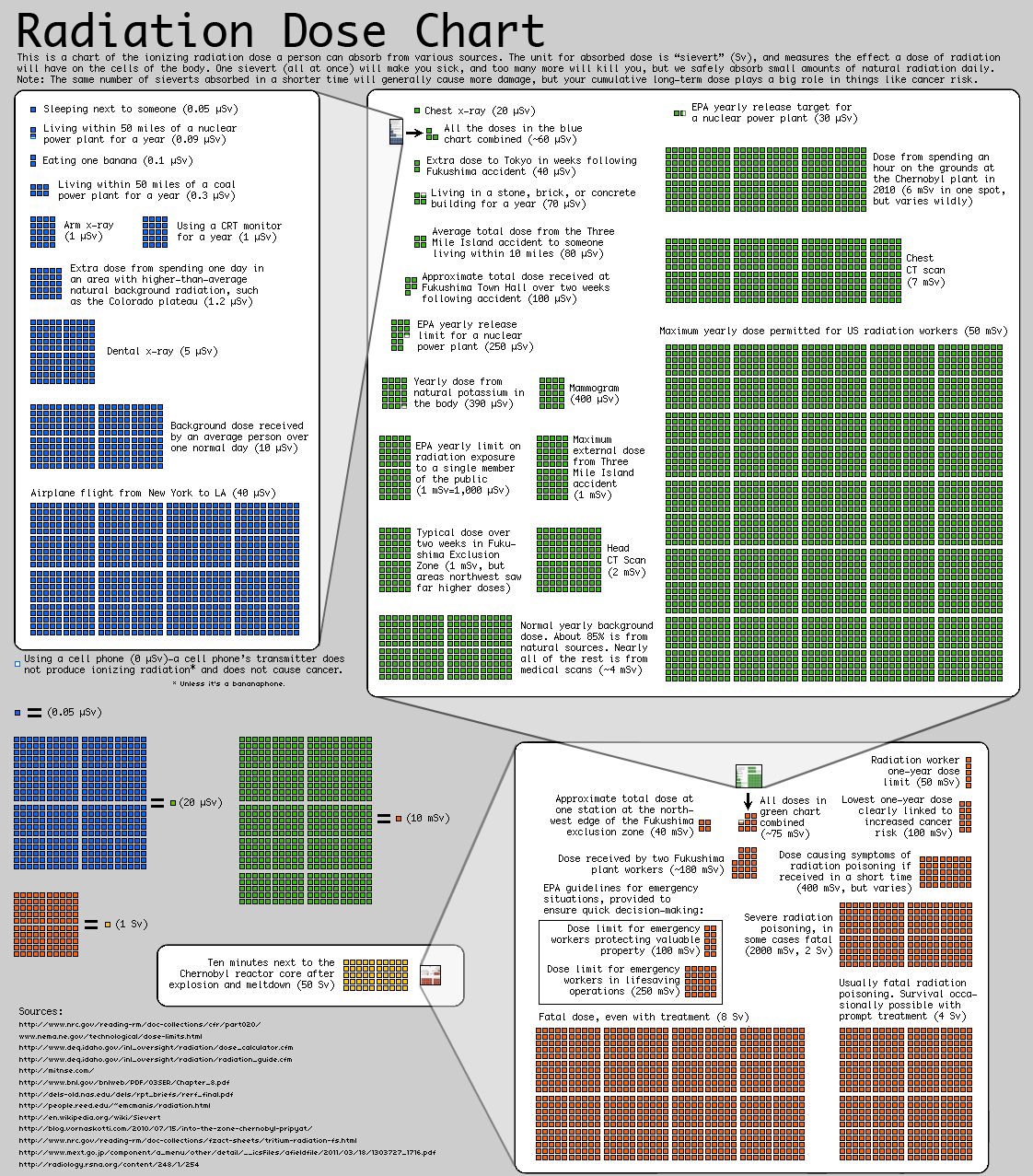
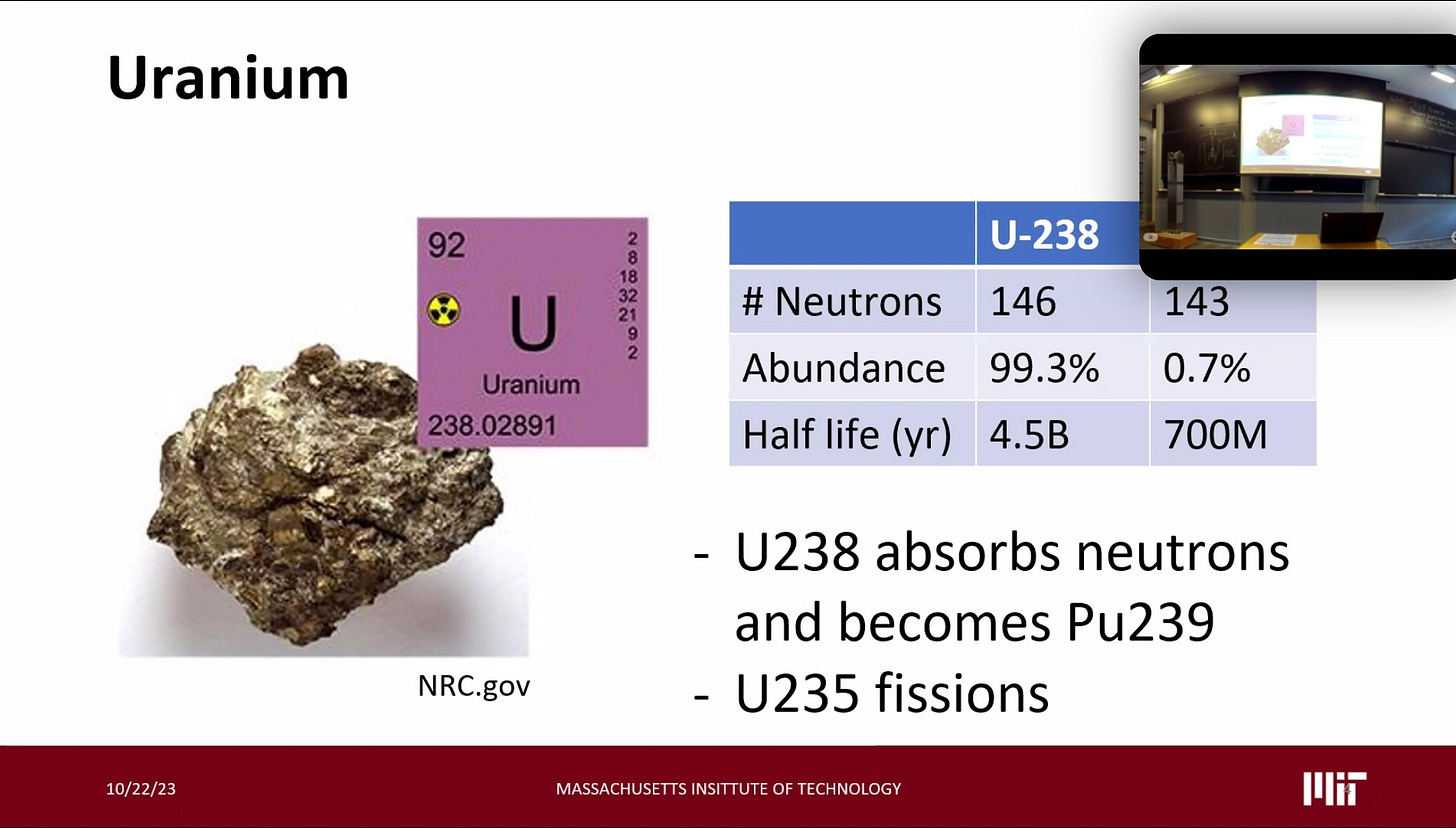






Great coverage and detail Ryan. Glad to meet at COP28 hosted by many supporting safe cost effective sustainable energy solutions so serve humanity!
looking forward to part 2. Will have to re read more carefully.
Carl OnSFBay